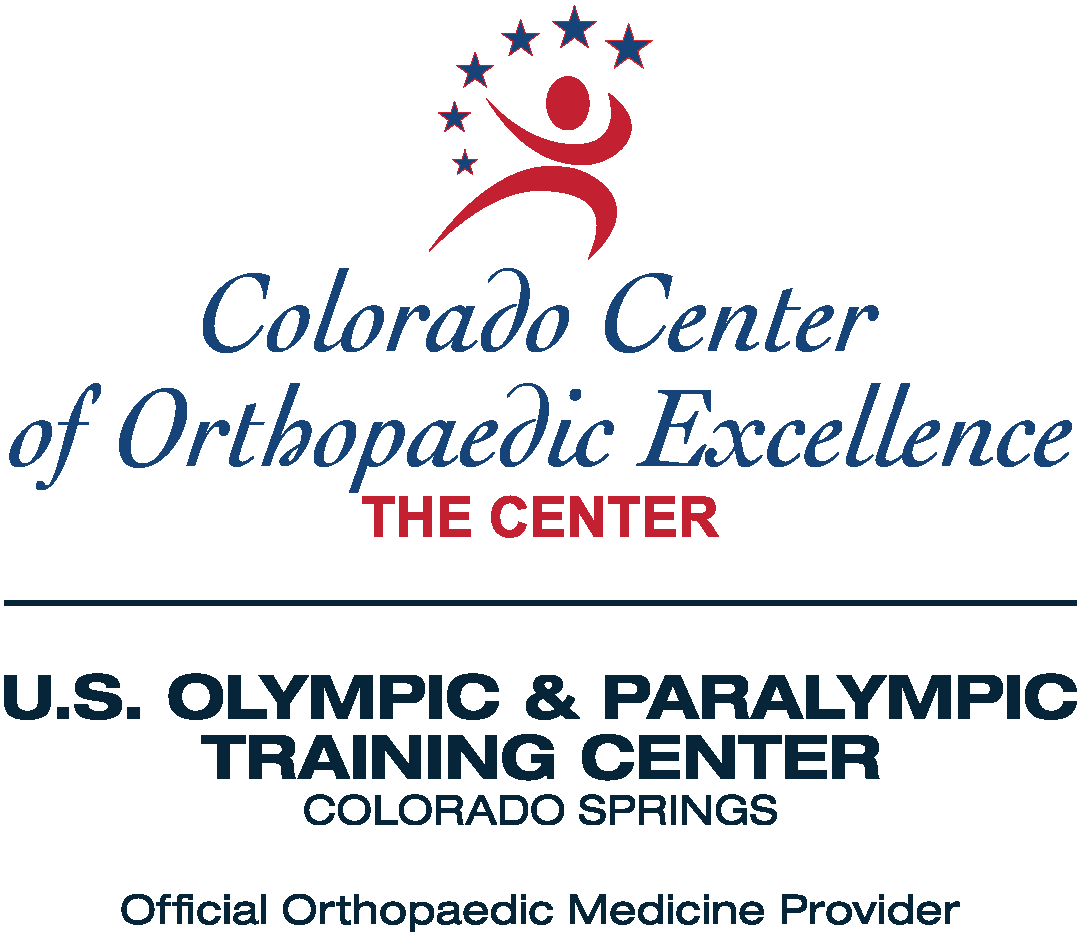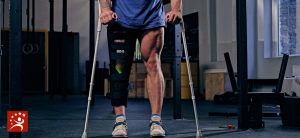Our knee is important, as it provides us with a foundation to stand on. The knee provides stability and mobility, and is vital to all types of movement, especially for athletes. If you ever had any sort of injury, especially a knee injury, you probably appreciate how your knees power you through various activities. To avoid knee injuries, it helps to understand how your knees work and what you can do to protect them.
The ACL (anterior cruciate ligament) and the PCL (posterior cruciate ligament) are the two major ligaments in the knee that work together to provide stability in the knee. They cross each other and form an ‘X’ which allows the knee to flex and extend without side to side movement. ACL and PCL tears are two of the most common and most serious knee injuries that happen to athletes. When you get an injury to the anterior cruciate ligaments or the posterior cruciate ligament, there are slightly different symptoms.
What is an ACL Tear?
The ACL is one of the four main ligaments within the knee that connect the femur to the tibia. The knee is essentially a hinged joint that is held together by the medial collateral (MCL), lateral collateral (LCL), anterior cruciate (ACL) and posterior cruciate (PCL) ligaments.
The anterior cruciate ligament (ACL) is a tough band of tissue joining the thigh bone to the shin bone at the knee joint, providing much needed stability. It runs diagonally through the inside of the knee, and when there is too much stress on the ligaments, it can result in a sprain or worse, the ligaments can be stretched too far or snap, causing the ACL to tear.
ACL Tear Symptoms:
- Pain in the knee
- Swelling, which builds up over twenty-four hours
- Loss of complete range of motion of the knee
- Tenderness to palpation of the joint line
- Pain and inability to walk on the affected leg
- Unstable knee
The most common treatment for a torn ACL is arthroscopic surgery and ACL reconstruction.
What is a PCL Tear?
The posterior cruciate ligament (PCL) is located in the middle of the knee, next to the anterior cruciate ligament. While the ACL helps prevent your thigh bone (femur) from moving too far forward, the PCL helps prevent your shin bone (tibia) from moving too far backward.
The PCL is lesser known because it is not injured as frequently as the ACL. However, injuries to the PCL should be taken seriously, as this ligament significantly affects the stability of the knee. Injuries to the PCL typically occur when the tibia is hit by an outside force while the leg is bent. One big difference between PCL and ACL tears is that most PCL tears are only partial tears, whereas the ACL usually completely tears.
PCL Tear Symptoms:
- Pain in the knee
- Immediate swelling of the knee
- Difficulty or impossibility of walking on the affected leg
- The knee feels like it is going to “give out”
To diagnose and treat tears to the ACL and PCL, your doctor will evaluate your injury by checking the severity of your knee instability. An MRI will most likely be done to get a closer look at the knee joint. If the diagnosis is an ACL or PCL tear, arthroscopic surgery can be done to repair the torn ligaments. Recovery can be lengthy for this injury, and will most likely require extensive rehabilitation, such as physical therapy.
The doctors at Colorado Center of Orthopaedic Excellence will do their best to get you back to optimal function as quickly as possible. To learn more about ACL and PCL tears, and how we can help, call our office at (719) 623-1050 to request an appointment. You can also schedule an appointment online.









